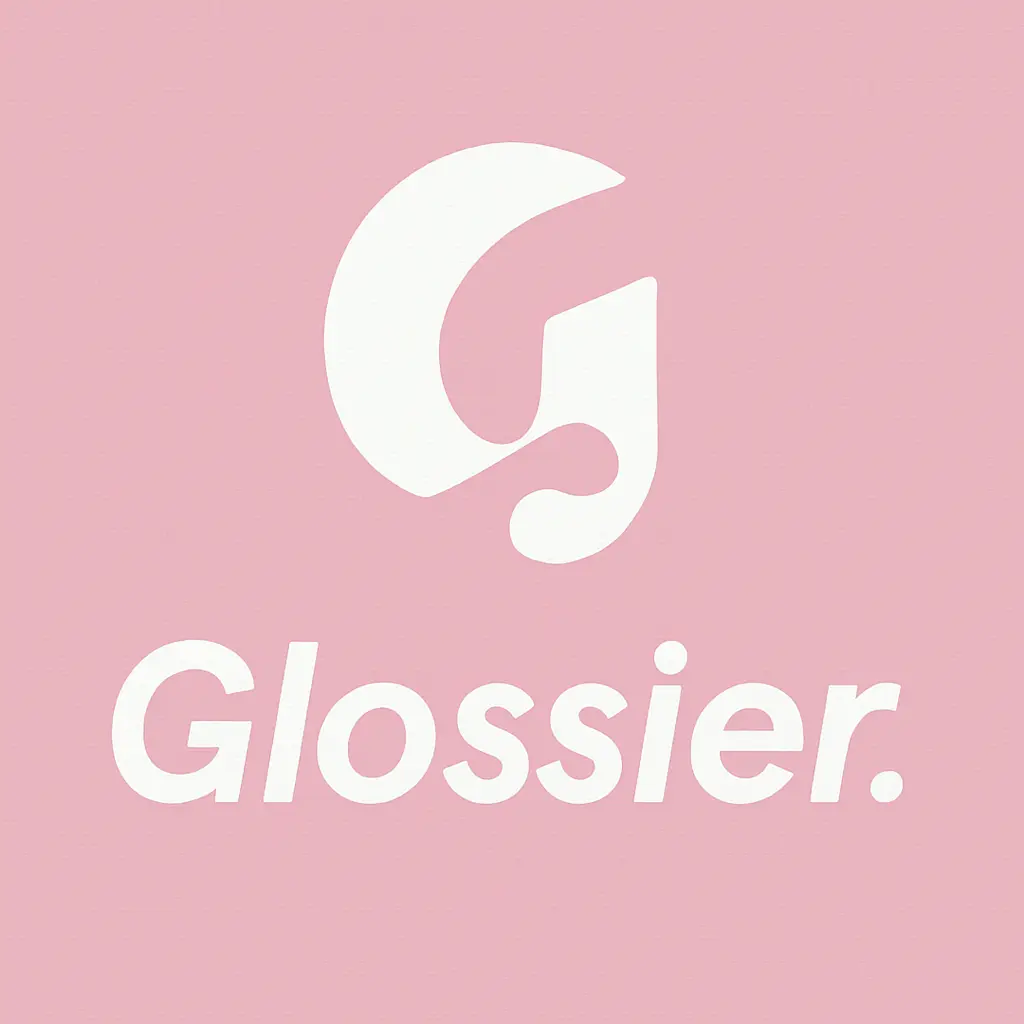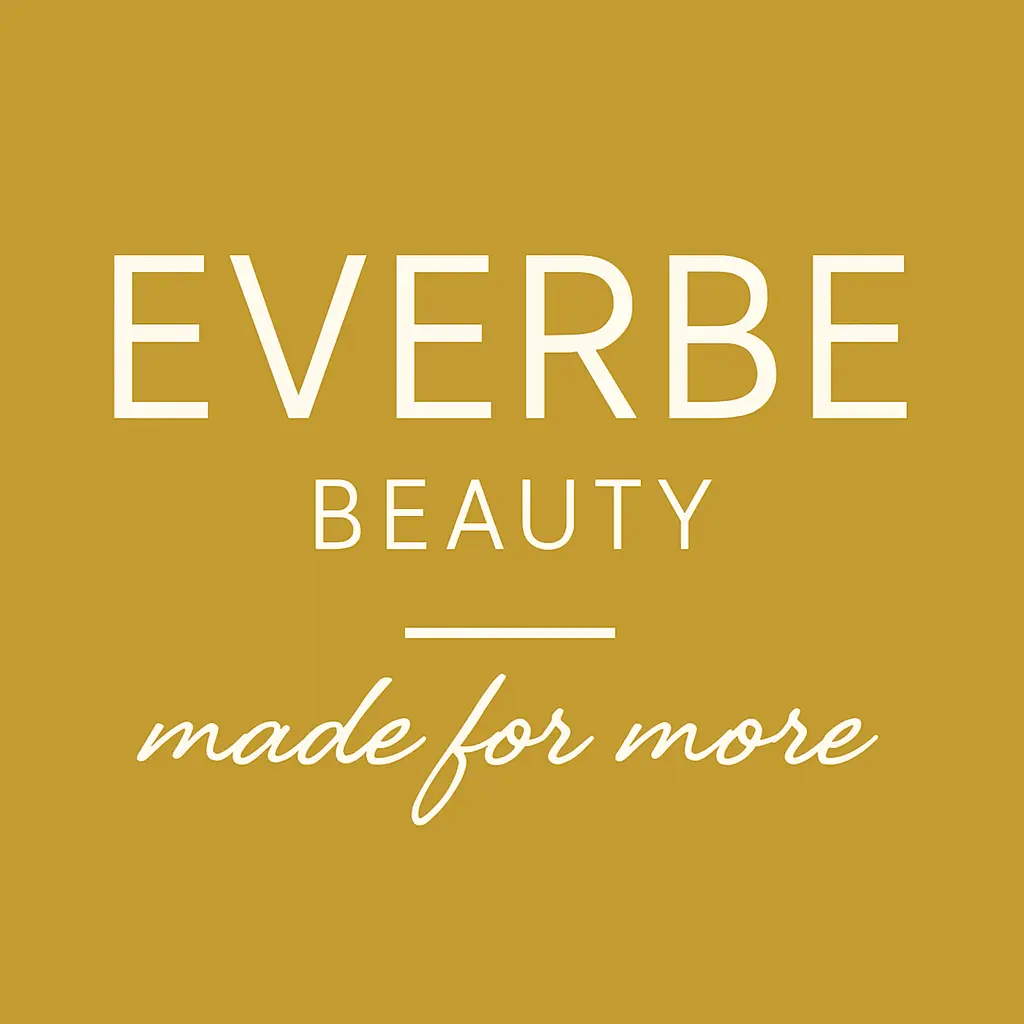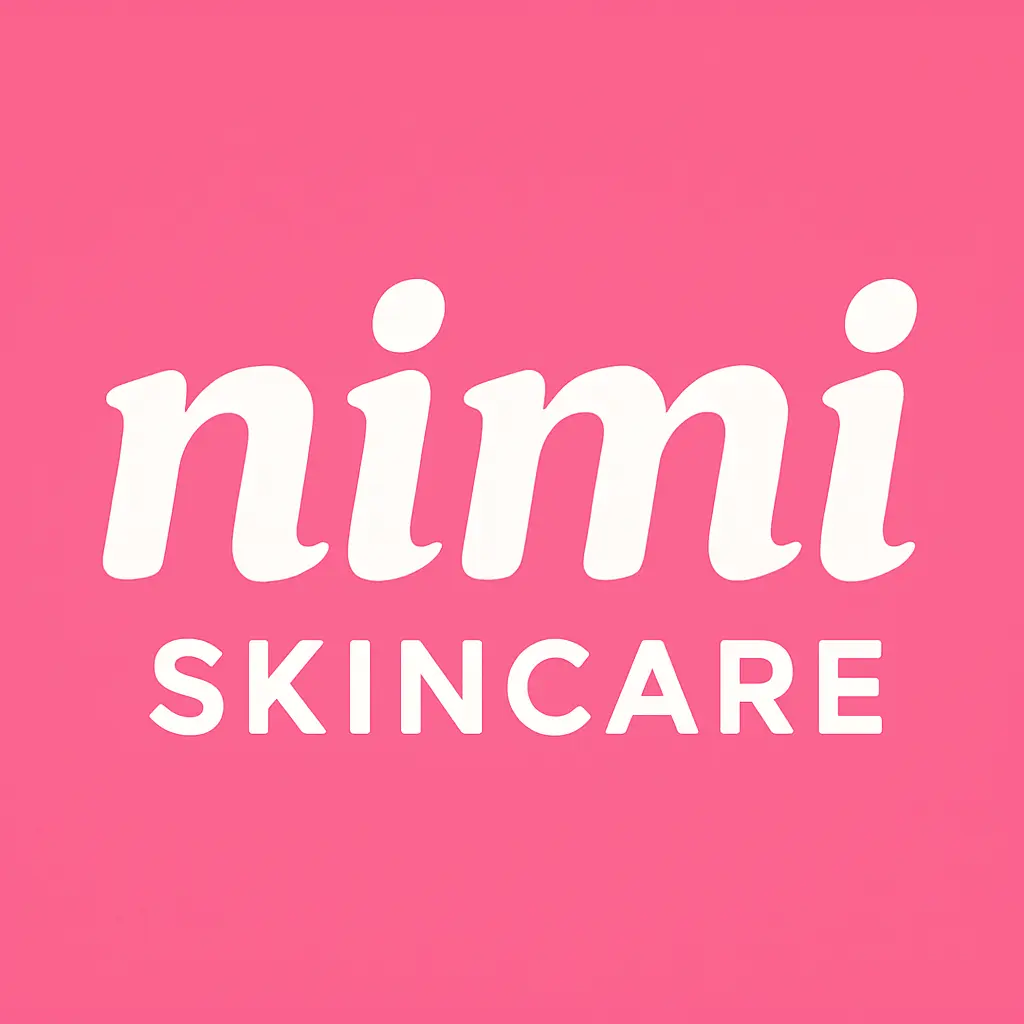Glossier began as a beauty blog called Into the Gloss and evolved into one of the most hyped direct-to-consumer brands of the 2010s. With millennial pink packaging, minimalist skincare, and a cult-like following on Instagram, it quickly became the face of "cool girl" beauty. Their branding preached authenticity, natural skin, and female empowerment. For a while, it worked like magic.
But behind the dewy glow and beautifully packaged bottles, Glossier embraced full-blown social activism. The brand shifted from skincare to sermonizing, mixing political messaging into product launches and slathering its social feeds with identity-first marketing. The same company that claimed to empower women faced internal accusations of racial discrimination and union suppression. It turns out, "inclusive beauty" at Glossier often means inclusivity for marketing purposes only.









